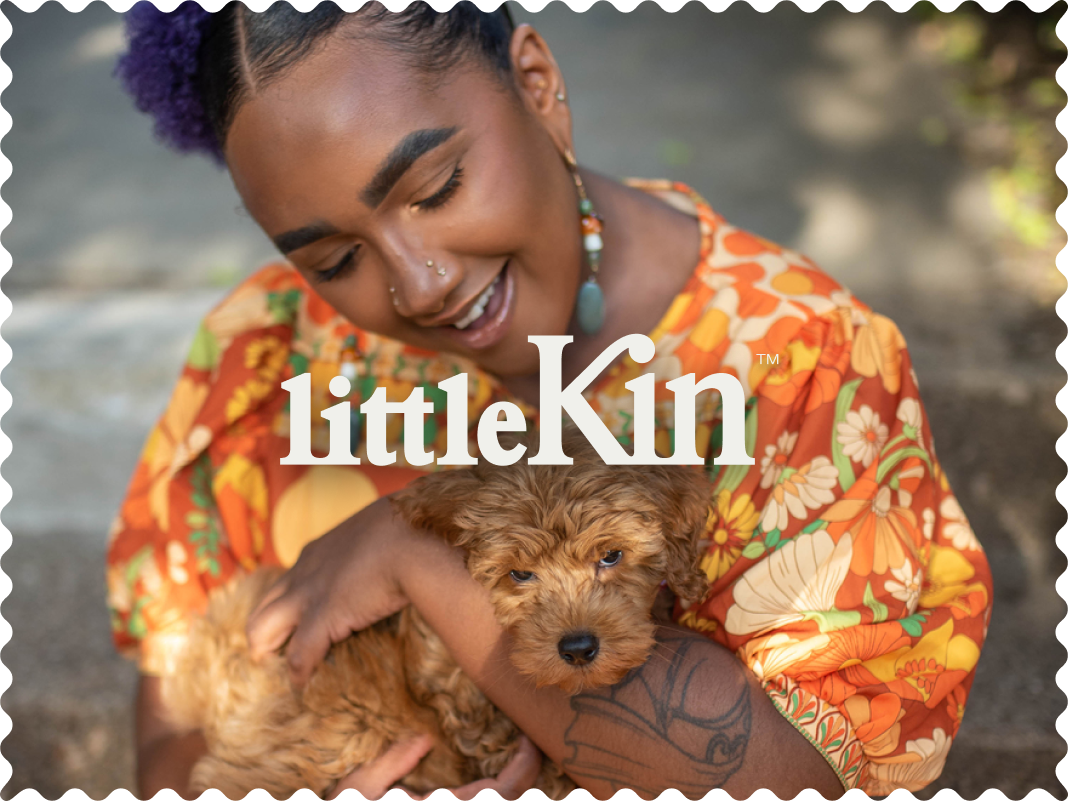Can I Get Pet Insurance Before Surgery?
Pet health insurance can get tricky. Understand how your coverage works and what it covers.

Share Article
In This Article:
Understanding Pet Insurance Timing and Eligibility Pet Insurance and Surgery Can I Get Pet Insurance Before Surgery? Managing Costs Without Insurance
Let’s say, in one scenario, your pet is healthy, if not exactly young, and has never been diagnosed with a serious illness. One day, you feel a lump in their abdomen. You enroll them in an insurance plan, hoping the lump is just a benign, fatty tumor. But when you visit the vet, you find out it’s cancerous and needs to be surgically removed. In a second scenario, you detect the lump, visit the vet, and find out your dog needs surgery, then shop for insurance.
Christie Horvath, CEO of the pet insurance company Wagmoopens in new tab, explains that your chances of having the surgery covered are better in the first scenario. “If your pet hasn’t shown any symptoms or been diagnosed with a condition requiring surgery, you can enroll in pet insurance and potentially have a surgery covered after the waiting period ends,” she says. “However, if your vet has already recommended the surgery, or your pet is showing symptoms, most insurance providers will consider that condition preexisting and won’t cover it.”
The moral of the story? Don’t wait to get insurance. “This is why I always tell pet parents: The best time to get pet insurance is yesterday, and the second-best time is today, before anything else happens,” she says.
How much do you spend on your pet per year?

Understanding pet insurance
As with human health insurance, pet insurance is the financial protection against unexpected costs related to accidents, illnesses, and injuries. Veterinary care is more expensive due to general inflation, the rising cost of medications and supplies, labor shortages, and corporate consolidation. What’s different between the two, though, is that pet insurance isn’t as comprehensive as human health insurance.
“What confuses many pet owners is that pet insurance doesn’t function like human health insurance,” Horvath says. “Human health insurance covers all healthcare-related expenditures. Pet insurance doesn’t cover preventative care. You need a pet wellness plan to offset those costs. Insurance protects against the unexpected. Wellness helps you budget for routine care. The ideal scenario is having both, so you’re covered for everything life throws at you and your pet.”
Although pet insurance isn’t as streamlined, it also doesn’t require policyholders to join networks. As long as your claim is eligible, your insurance company will reimburse you for care from any licensed veterinarian or specialist in the United States.
What is pet insurance?
Horvath explains that pet insurance plans cover everything from emergency vet visits and surgeries to cancer treatment, X-rays, hospital stays, and even end-of-life care. It’s a safety net, so you never have to choose between your pet’s health and your mortgage payment. But coverage varies widely depending on which plan you choose. While most basic plans cover emergencies and illnesses, preventative care, such as dental cleanings and vaccinations is typically only covered by wellness plans for an additional cost.
Types of pet insurance coverage
Horvath divides pet insurance into two basic categories: accident and illness coverage, and accident-only coverage. “Accident and illness is the most comprehensive option, covering unexpected medical issues like broken bones, infections, chronic conditions, and emergency surgeries,” she says. Wagmo’s plan covers not just accidents and illnesses but cancer treatment, hereditary conditions, and hip dysplasia. Accident-only plans are more basic and cover injuries from accidents, not illnesses.
Timing and eligibility for pet insurance
You’ll find timing and eligibility conditions to prevent fraud and abuse in most policies. Lemonadeopens in new tab, Embrace, and MetLife, in contrast, don’t have waiting periods for accident coverage. Wellness plans also don’t usually have waiting periods.
When can you enroll?
You can enroll in pet insurance once your puppy or kitten is eight weeks old, Horvath says. Waiting periods typically apply. “Most providers have waiting periods before coverage begins,” Horvath explains. On average, that’s 15 days for accidents and illnesses, and 30 days for cancer coverage. Some providers have even longer waiting periods of up to six months for orthopedic conditions such as hip or elbow dysplasia or a torn ACL.
Eligibility criteria for pets
Eligibility rules are related to your pet’s age, health, species, and location. Eligibility may depend on where you live: Not all plans are available in every state, and state regulations may dictate different terms, Horvath says. “Most insurers require pets to be at least eight weeks old before coverage begins and cap the enrollment age around 12 to 14 years for dogs and cats, though the limit can vary by state or provider,” she says.
Pets with preexisting conditions are still eligible for coverage, but expenses related to those conditions are excluded from reimbursement. Some policies may consider coverage for curable conditions after a symptom-free waiting period. This may include infections and gastrointestinal issues. Providers can also exclude or limit coverage for hereditary or breed-specific diseases such as hip dysplasia or epilepsy.
Waiting periods explained
Horvath defines the pet-insurance waiting period as the time between the policy’s start date and the time when coverage begins. “During this window, you can’t file claims or receive reimbursements for new injuries or illnesses,” she says. “Also, anything that happens during the waiting period is considered preexisting and won’t be covered.”
The purpose of waiting periods is to prevent fraud, she says. Waiting periods ensure people don’t sign up after their pet gets sick in order to get major bills immediately reimbursed. “They’re necessary to keep premiums reasonably priced for all plan holders,” Horvath says.
Pet insurance and surgery
Pet insurance typically covers medically necessary surgeries related to accidents, illnesses, and injuries.
Does it cover surgery? Which surgeries?
Examples include emergency surgeries to remove a foreign object or repair damage from a trauma, orthopedic surgeries (ACL or fracture repairs), tumor removals, cancer-related surgeries, soft tissue repair, and diagnostic procedures, such as biopsies.
Horvath says most policies exclude elective and cosmetic procedures such as tail-docking and declawing. Dental surgery and spaying/neutering aren’t typically covered either, but can be reimbursed through some wellness plans. Pregnancy-related surgeries, like a cesarean, can only be covered through special insurance plans for breeders.
Can I get pet insurance before surgery?
Of course, you can get pet insurance before surgery. But it won’t cover the surgery if your pet has already been diagnosed with the condition requiring surgery, or if the condition was documented before you enrolled. If that’s the case, it would be classified as a preexisting condition exempt from coverage.
Strategies for managing costs without insurance
If your pet isn’t insured or if a procedure for a preexisting condition isn’t covered — and you’re facing high surgery costs — Horvath says there are still ways to manage the expense. “Many veterinary hospitals offer payment plans or partner with financing companies, like CareCredit or Scratchpay, allowing you to spread costs over time rather than paying everything up front,” she says.
Some clinics also maintain small Good Samaritan or angel funds, discretionary accounts funded by donations to help pet parents going through financial hardships. “They’re rarely advertised, but it’s worth asking your vet if such support exists,” Horvath says. “For those in greater need, nonprofit organizations like the Pet Fund, RedRover Relief, and Frankie’s Friends offer grants to help cover medical expenses.” Another lesser-known option is contacting a veterinary teaching hospital or nonprofit clinic, whose students perform surgeries (under supervision) for 30 to 50 percent less than private practices.
Horvath says Wagmo Wellness members get unlimited telehealth access at no additional cost. That could help you triage and save a trip to an emergency clinic. Save on post-surgery medications with price-comparison tools like GoodRx or PetMeds. “Sometimes a $90 medication at the vet’s office is $12 at a local pharmacy with a coupon,” Horvath says.
Finally, if insurance isn’t in your budget, a wellness plan can still help you save. These plans accept pets with preexisting conditions and make it easier to budget for routine preventive care, which can cut costs by more than $1,000 annually and help you avoid costlier emergencies later on, she says.
Bottom line
Vets and insurance pros agree, the best time to purchase pet insurance is when your pet is young and healthy. That way, if your cat or dog eventually needs an expensive procedure, you’ll be covered.
Insurance generally won’t cover preexisting conditions, so enrolling after a diagnosis limits your benefits.
For pets already facing costly procedures, options such as wellness plans, veterinary payment plans, nonprofit grants, and teaching hospitals can offset expenses.
Combining insurance for emergencies with wellness plans for routine care gives pet parents the most comprehensive financial protection so they focus on what’s important — their pets.

Catherine Fahy Green
Catherine Fahy Green is a journalist turned copy and content writer. As a pets writer, she focuses on and is fascinated by animal body language because there's so much to learn from and about animals by spending time in their presence and observing their physical cues.
Her work as a PR specialist appears in national trade media as press releases and stories about exciting new products people should try. She lives with her family in Western Massachusetts, where she listens closely to the stories her two dogs, flock of chickens, and four horses tell her. She spends her weekends at horse shows with her daughter.
Related articles
![A vet holding medicine near a dogs face]()
How to Find a Veterinary Specialist
Just like your doctor would refer to you a specialist for expert care for a complicated issue, your vet may do the same for your dog.
![Young beautiful woman cuddling with little snow bengal kitten on the bed.]()
15 Terms You Should Know When Choosing a Pet Insurance Plan
Overwhelmed by all the small print and jargon? We’ve got you.
![dog leaning on laptop while man types]()
7 Important Papers You Should Always Keep on File For Your Pet
It will be super helpful if you ever need a pet-sitter, too.
![Woman giving dog a massage.]()
How to Get Your Pet Insurance To Pay For Holistic Health Care
Follow these tips to get treatments covered by your plan.
![shiba inu snuggling on couch with woman]()
Money Talks: The Dollars of Dog Parenthood
We crunched some numbers and yup, they’re worth every penny.







